Your dog can’t tap you on the shoulder and say, “Hey, this isn’t working for me anymore.” But just because they don’t speak our language doesn’t mean they’re not constantly communicating with us. Every tail wag, every averted gaze, every seemingly random behavior change is actually your furry friend trying to tell you something important. Sometimes, that message is crystal clear: it’s time to shake things up.
Maybe you’ve been walking the same route for months, or perhaps their dinner schedule has become more like a suggestion than a rule. Dogs are creatures of habit, but they’re also incredibly adaptable beings who crave mental stimulation and emotional fulfillment. When their current routine stops serving their needs, they’ll find creative ways to let you know. The trick is learning to speak their language.
Excessive Whining or Attention-Seeking Behaviors
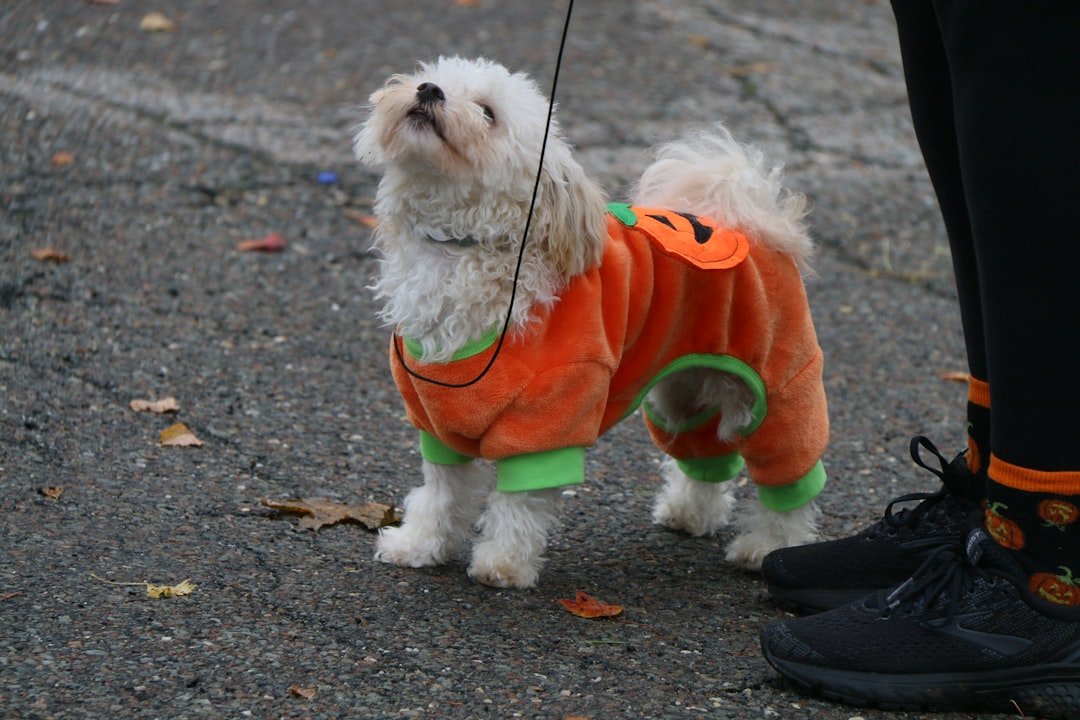
When your typically well-behaved dog suddenly transforms into a four-legged drama queen, pay attention. Dogs whining, barking, and howling to get your attention – and if you react to this sudden change in your dog’s behavior and start talking to him, playing with him, or giving him food, the behavior will continue. This isn’t manipulation in the human sense; it’s communication.
Think about it like this: if you were stuck in the same boring meeting every single day, you’d eventually find ways to express your frustration. Your dog might be pawing at you during their usual walk time, whimpering when you reach for the same old toy, or following you around the house like a furry shadow. Your dog might become suddenly very active and seek attention from you by jumping up, pawing at you, or even mouthing when they wouldn’t normally, and they might find it difficult to follow well-known requests because the stress response in their body makes it harder to stay still or concentrate.
Loss of Interest in Previously Enjoyed Activities

Remember when your dog used to go absolutely bonkers for their favorite frisbee? Now they barely lift their head when you wave it around. A loss of interest in normal activities can be a sign a dog is not feeling like their normal, happy self – if your dog is normally all about their toys and hasn’t been interested lately, they may not be feeling their best emotionally. This is one of the most telling signs that your routine has grown stale.
It’s heartbreaking to watch, honestly. Toys aren’t the only things a sad dog may lose interest in – if their energy is low and they don’t seem to want to go for walks or play with other dogs, it could indicate they’re feeling melancholy, though not all dogs are naturally social and energetic, so it’s important to note changes in what is normal for them. Your once-enthusiastic hiking buddy might start lagging behind or show zero excitement when you grab their leash.
Changes in Sleeping Patterns

Dogs sleep more often than humans do, averaging 12-14 hours a day according to the American Kennel Club, but if you notice an uptick in your pet’s sleep habits, it could be a sign that they’re unhappy – conversely, insomnia can indicate the same thing. Sleep is often the first thing to go haywire when our routines aren’t meeting our emotional needs, and dogs are no different.
You might find your pup sleeping through their usual playtime or, on the flip side, pacing restlessly at night when they should be snoozing. A dog who used to sleep through the night may begin waking up at different times or for more extended periods during the night, whimpering or whining loudly instead of returning to sleep – if you notice your pet sleeping less than usual, it could be because he feels lonely, depressed, or anxious about something in his life. These disruptions are their way of saying the current setup just isn’t cutting it anymore.
Appetite Changes – Either Eating Too Much or Too Little
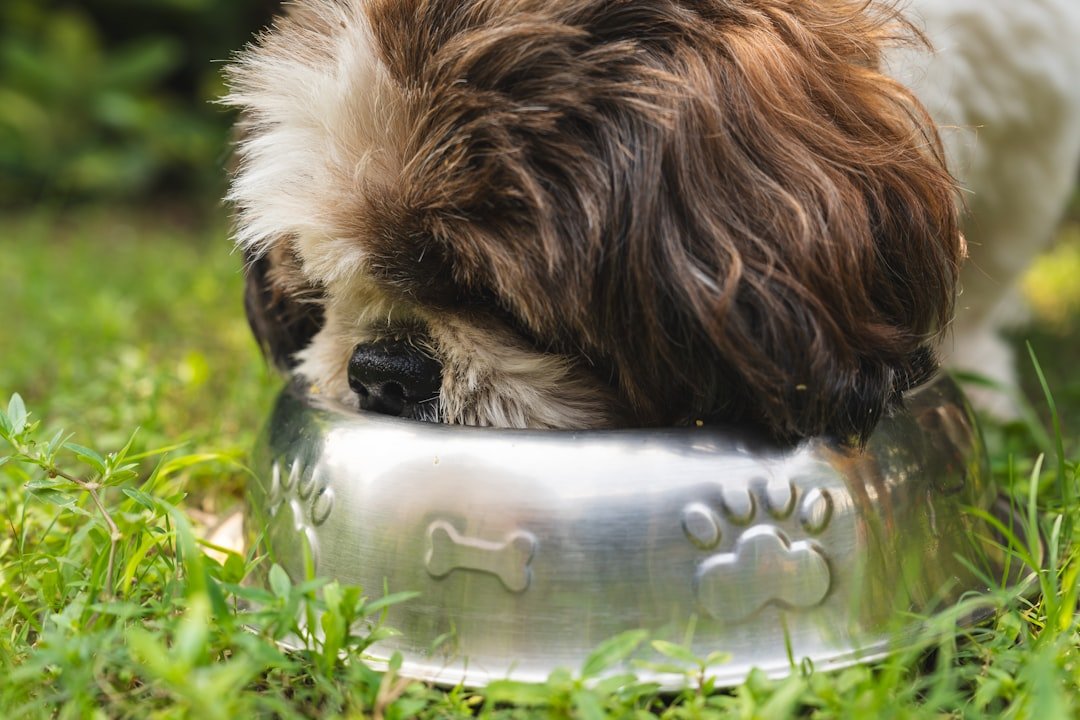
Food is love in the canine world, so when their relationship with meals gets complicated, you know something’s up. Having little to no interest in food can be an indication that a dog is unhappy, but on the other hand, unhappy dogs may also choose to increase their food intake, as food can serve as a comfort to them – a change in eating habits can also result in a change in weight. It’s like emotional eating, but with kibble.
Some dogs become picky eaters when they’re understimulated, turning their nose up at the same old food they’ve been getting for months. Others might start wolfing down everything in sight, seeking comfort in the one reliable pleasure they have. If your dog begins to eat less or stops eating altogether, it could be because he is in pain or experiencing some distress or discomfort – this may be due to an illness or even something like stress that causes him pain when he eats. Either way, it’s a clear signal that their routine needs a refresh.
Increased Destructive Behavior
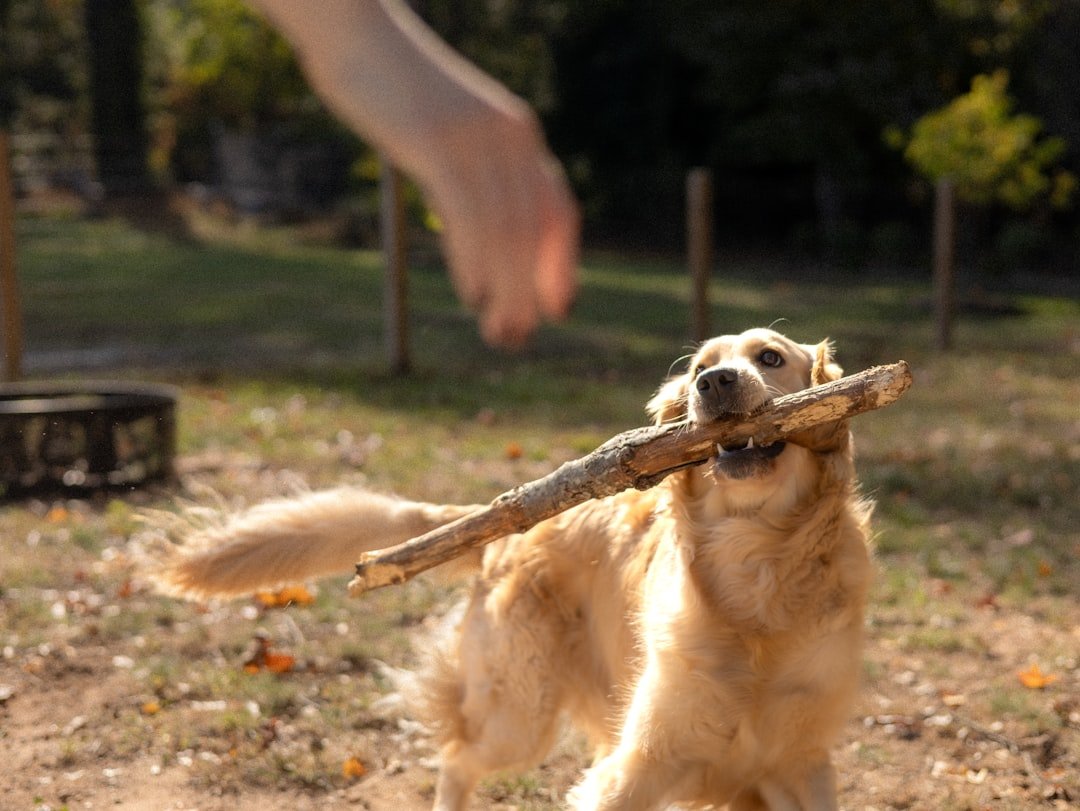
That expensive couch cushion didn’t destroy itself, and your dog isn’t plotting revenge against your home decor. Being destructive is another antsy behavior that can be rooted in emotional issues – if a dog is suddenly much rougher than usual with their toys or anything else in the house, it could be a sign that they’re feeling down, so try increasing their level of exercise or mental stimulation. This behavior often stems from boredom and frustration with an unchanging routine.
Think of it as canine cabin fever. When dogs don’t have enough mental or physical stimulation, they create their own entertainment – usually at the expense of your favorite shoes. When pet dogs don’t get enough physical and mental stimulation, they can become bored, frustrated, and even develop unwanted behaviors – a dog that isn’t getting enough exercise or mental engagement may start acting out in ways that seem like bad behavior but are actually signs of boredom or pent-up energy. The destruction is often focused on items that smell like you, which is their way of seeking connection and engagement.
Withdrawal and Avoidance Behaviors
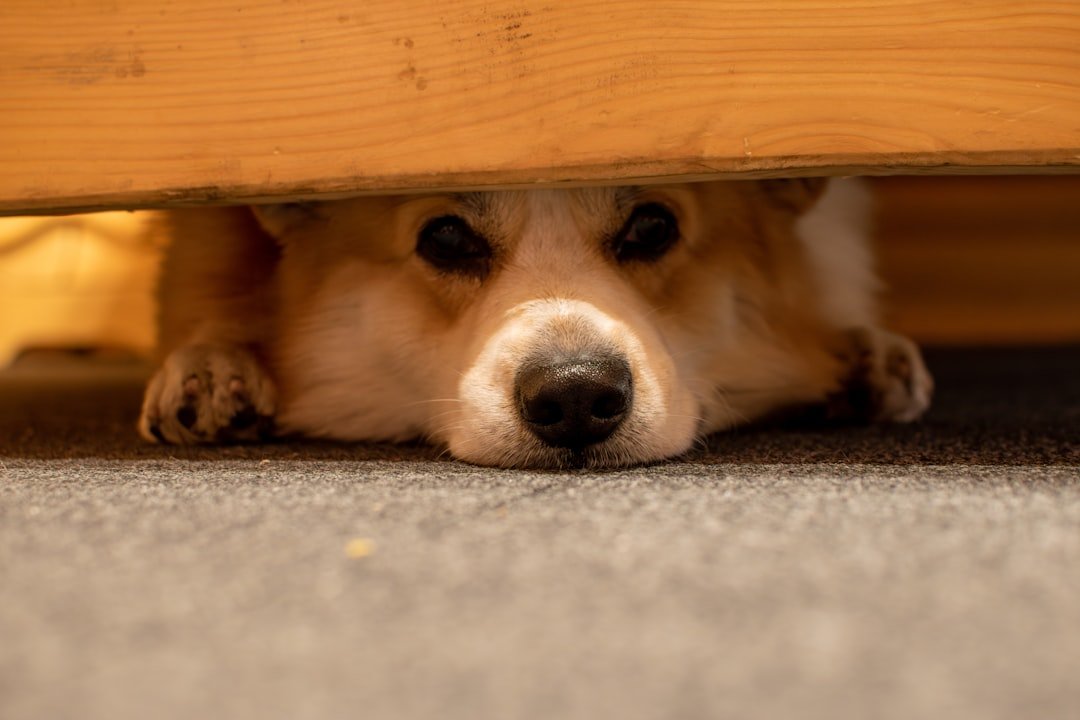
Your once-social butterfly has turned into a furry hermit, and it’s breaking your heart. If a dog is unhappy, they may try to seek refuge by hiding around the house – if there’s no clear stimulus that would cause them to hide, such as fireworks, this avoidant behavior can be a sign that they’re not feeling their best. When dogs start actively avoiding interaction, they’re essentially saying, “This isn’t fun anymore.”
If your dog is unhappy at something or someone making them stressed, they may try to hide behind you or another object, or take themselves off to another area if they can – let them do this and don’t follow them or push the interaction, as your dog is letting you know they need a time-out. Sometimes the kindest thing we can do is recognize when our furry friends need space, but persistent withdrawal often indicates they need more enrichment and variety in their daily lives.
Restlessness and Pacing
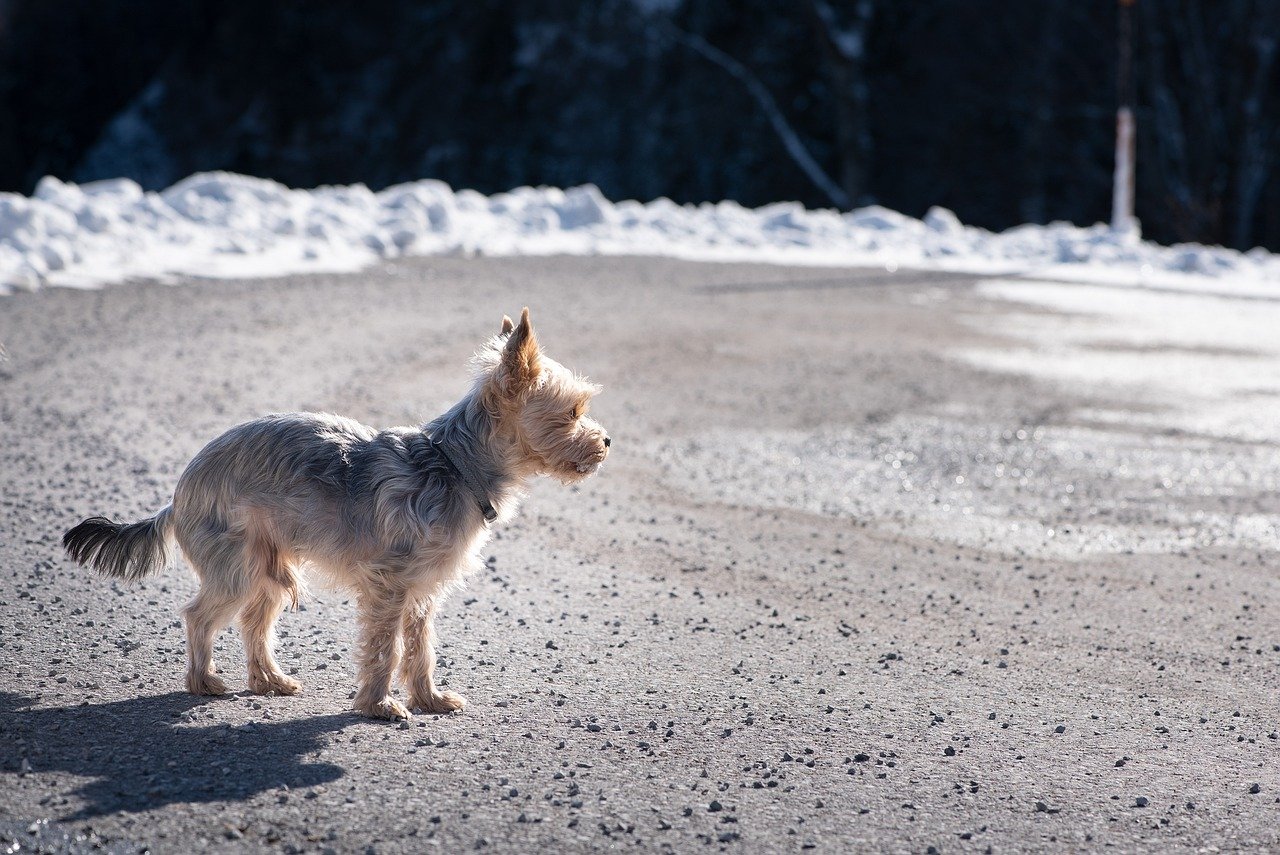
That constant click-click-clicking of nails on hardwood isn’t just annoying – it’s your dog’s way of saying they’re understimulated and anxious. Anxious behaviors go hand and hand with depression – if a dog is pacing around the house, it’s very likely that they’re bored and unhappy, and more time outside might be just what they’re craving as it can provide a major mood boost. Pacing is like their version of stress walking.
When dogs are pacing back and forth, it’s a sign they can’t settle down because something is stressing them – if this happens during mealtimes or for short periods, it might not be a big deal, but noticing when your dog engages in this behavior can give you clues as to what’s triggering their anxiety. The repetitive movement is their body’s way of trying to self-regulate, but it’s also a clear indicator that they need more mental stimulation and possibly a change of scenery.
Regression in House Training

When your perfectly house-trained dog suddenly starts having “accidents,” don’t rush to anger – consider it a message. Dogs rely on a routine for security and stability, so sudden changes can lead to symptoms like whining, pacing, loss of appetite, or destructive behavior. Sometimes regression in bathroom habits is their way of expressing emotional distress about an unchanging, unstimulating routine.
It’s particularly frustrating because it feels like they’re going backward, but house training regression often happens when dogs are stressed or bored. A sudden change after a stressful event can have some undesirable side effects when it comes to going to the bathroom, eating, exercise, and sleep. In this case, the “stressful event” might be the monotony of doing the same thing day after day without any mental challenges or variety to keep them engaged and happy.
Excessive Grooming or Self-Soothing Behaviors

When dogs start licking their paws until they’re raw or chewing on themselves obsessively, they’re not just being weird – they’re self-medicating. When dogs lick and chew their paws, it may seem like they’re trying to clean themselves or scratch an itch, but it’s possible that they may be trying to soothe themselves because they’re feeling blue – most people are not aware, but excessive licking can be a way of self-soothing. It’s their version of stress eating or nail-biting.
This behavior often escalates when dogs are understimulated or following the same boring routine day after day. Just like humans might fidget when they’re anxious or bored, dogs turn to repetitive grooming behaviors. The problem is that unlike our stress habits, theirs can cause real physical damage, making it even more important to recognize this as a cry for mental stimulation and routine variation.
Sudden Aggression or Irritability
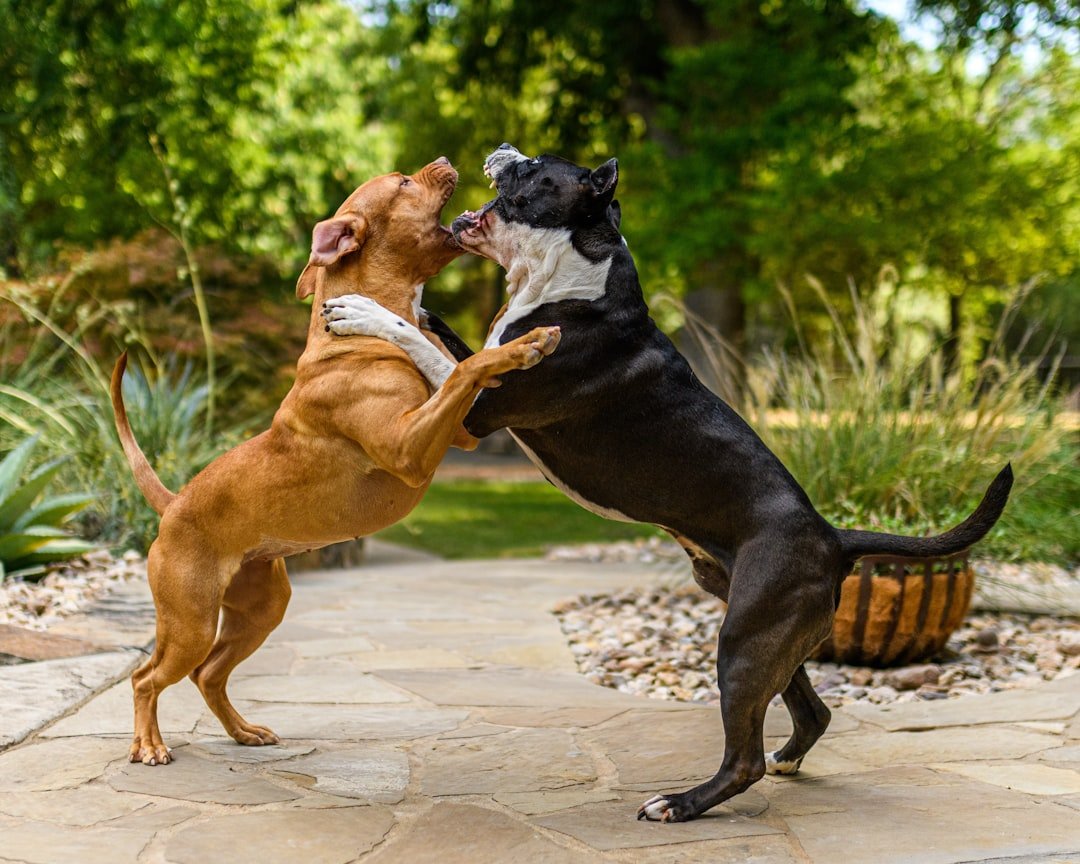
Your sweet, gentle dog snapping at the neighbor’s friendly approach is jarring, but it’s often a symptom rather than a personality change. Aggression can be indicative of many issues in dogs, but the root of a dog’s aggression could simply be depression – if your pet is normally cool as a cucumber and starts to bark, lunge, snap, or growl at anything that comes their way, it could be a sign that they’re unhappy. When dogs feel mentally understimulated and emotionally unfulfilled, they can become easily frustrated.
Dogs are social animals and crave our attention, so if you notice that your dog is suddenly aggressive, it could be because he feels neglected – when dogs don’t feel like part of the pack, they may lash out at those around them, and this can also happen when they’re bored and lack stimulation or exercise. The irritability isn’t really about the trigger – it’s about their overall emotional state, which may be crying out for more variety, challenge, and engagement in their daily routine.
Conclusion: Your Dog’s Emotional Weather Report
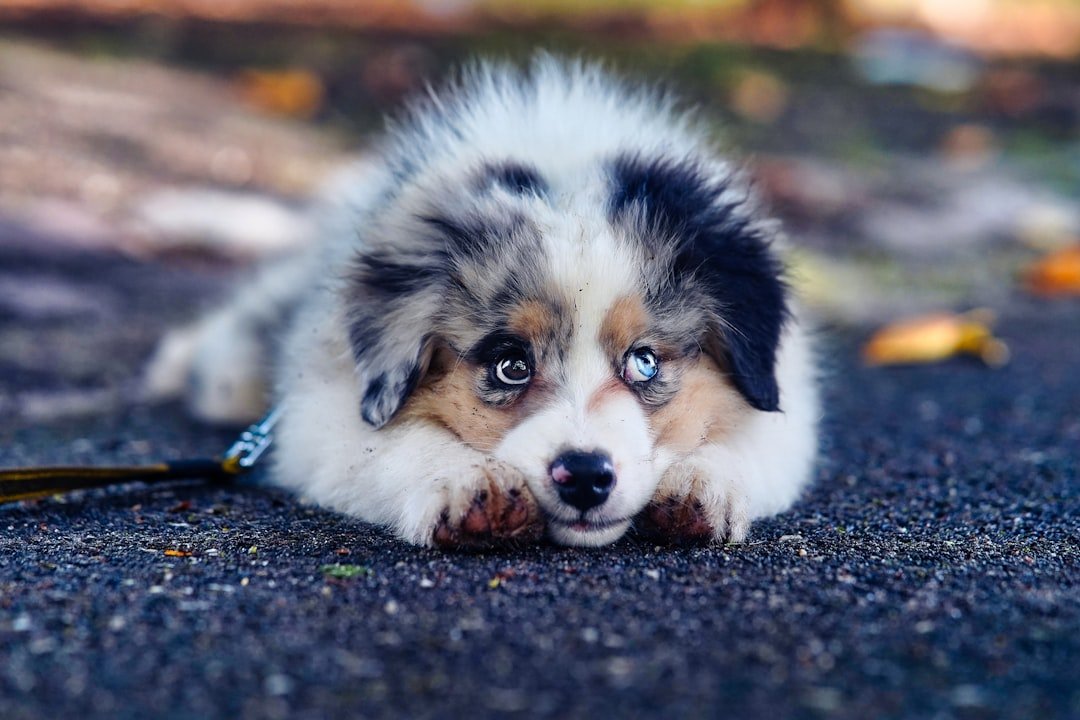
Reading these signs is like checking your dog’s emotional weather forecast. Just as we feel restless and grumpy when we’re stuck in the same patterns day after day, our dogs experience similar feelings – they just express them differently. The beautiful thing is that once you start recognizing these signals, you become fluent in your dog’s unique way of asking for help.
Remember, dogs thrive on structure and predictability, so when their routine is suddenly disrupted, it can cause stress, anxiety, and behavioral changes – but these shifts can leave your pup feeling confused and unsettled. The goal isn’t to eliminate routine entirely, but to find the sweet spot between stability and stimulation. Whether it’s trying a new walking route, introducing puzzle feeders, or simply changing up their playtime activities, small adjustments can make a world of difference.
Your dog isn’t being difficult when they exhibit these behaviors – they’re being communicative. And honestly, isn’t that pretty amazing? In a world where so many relationships suffer from poor communication, your dog is actively working to tell you what they need. The question is: are you ready to listen and make the changes that will help both of you thrive together?






